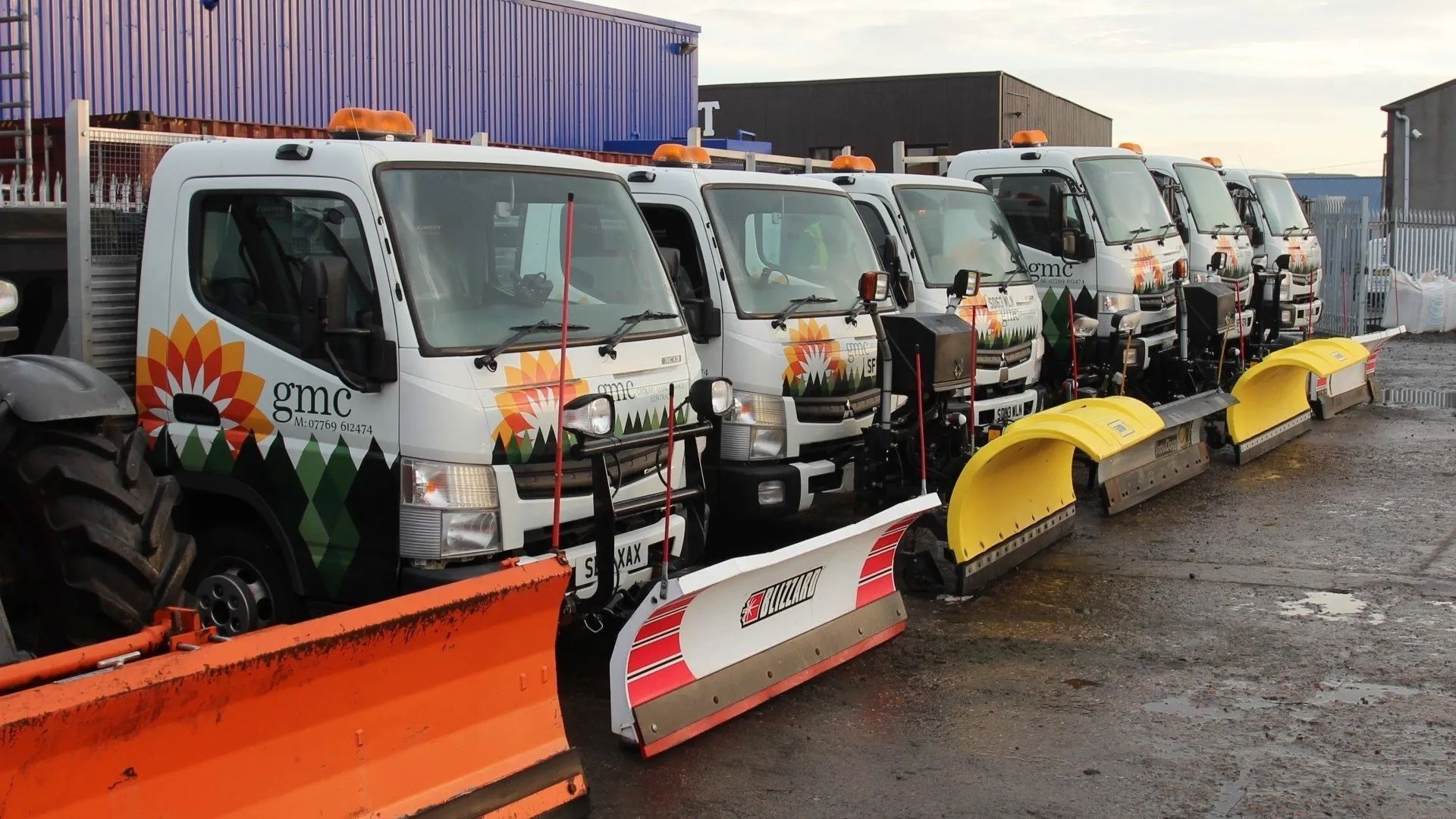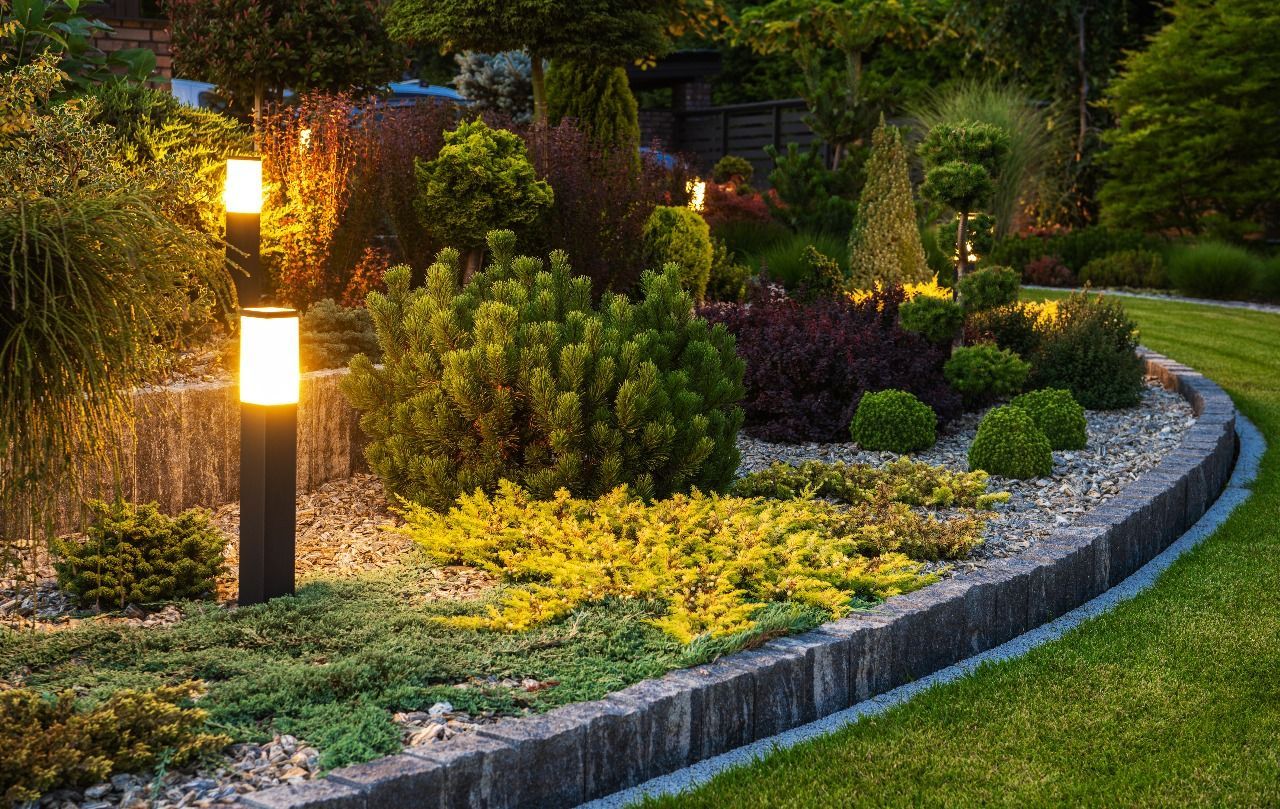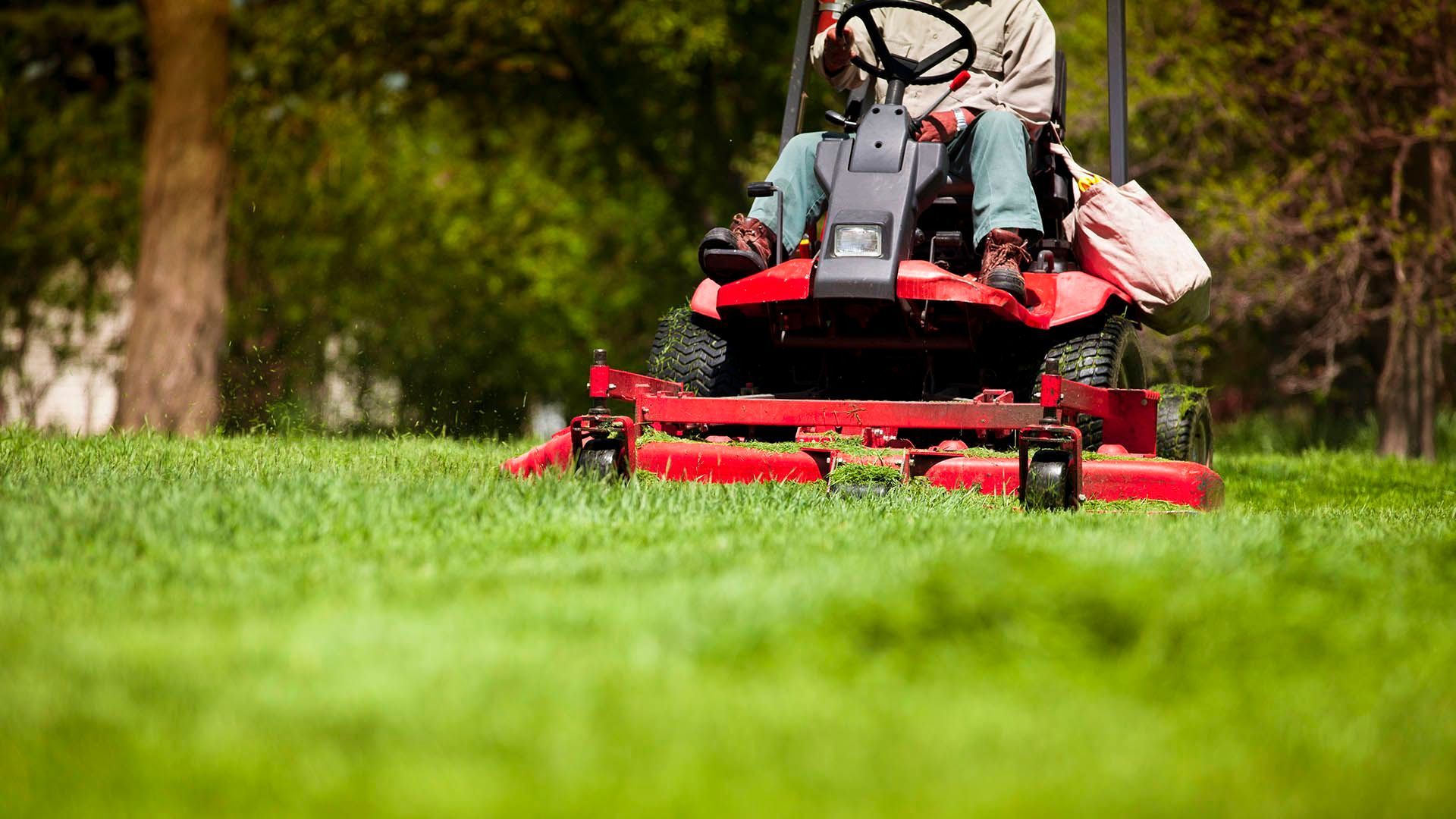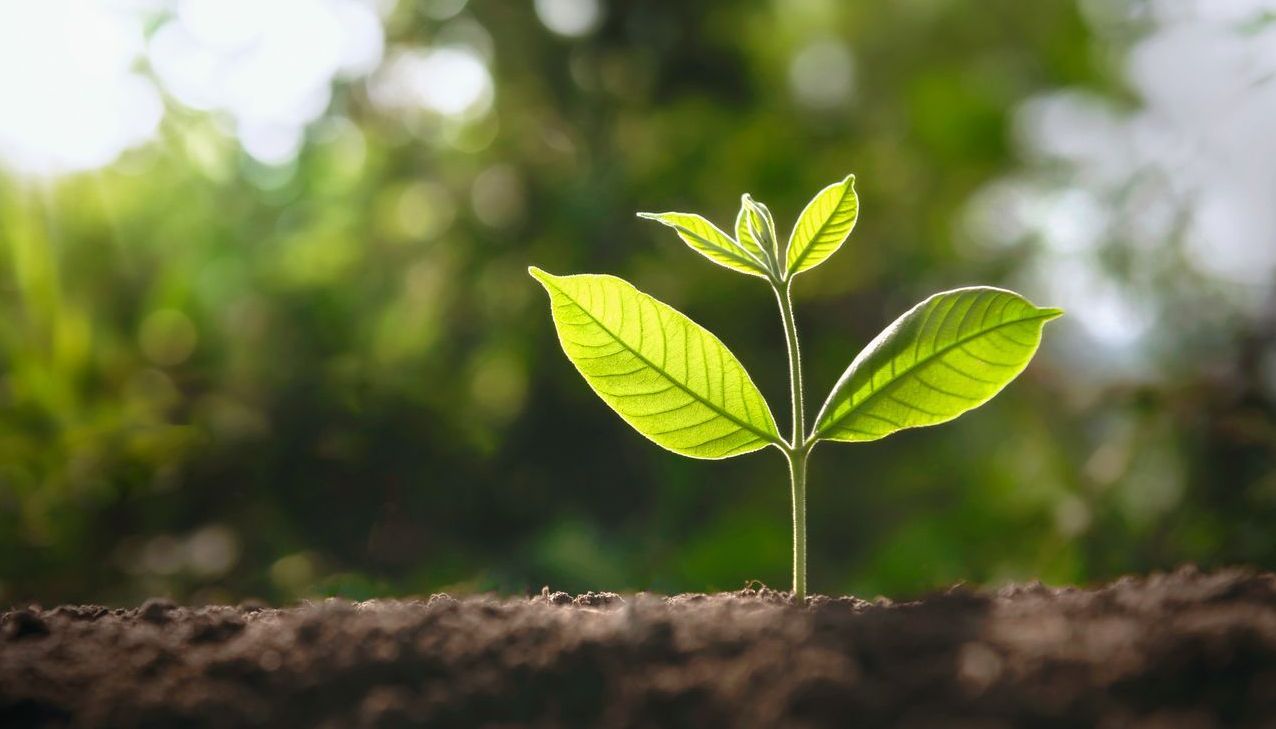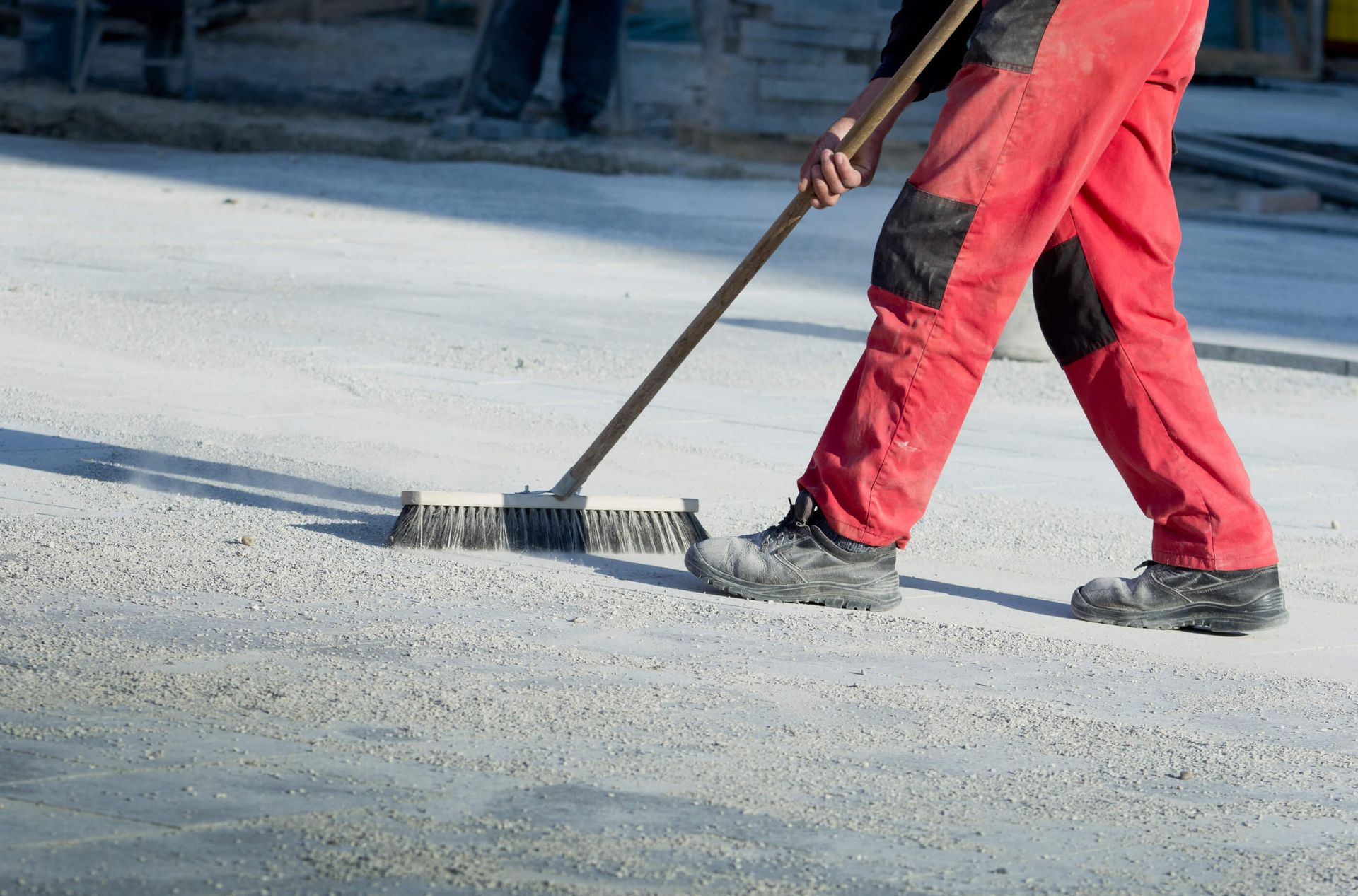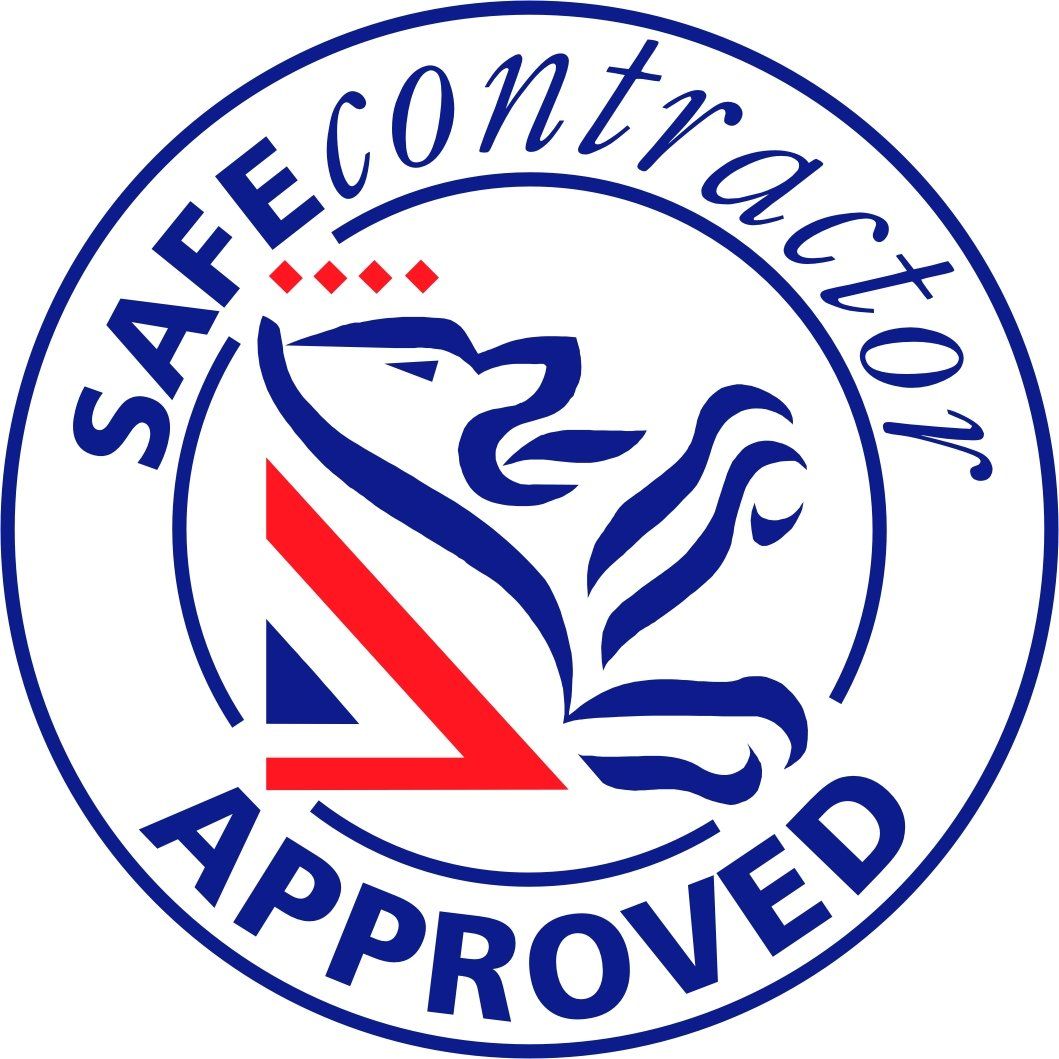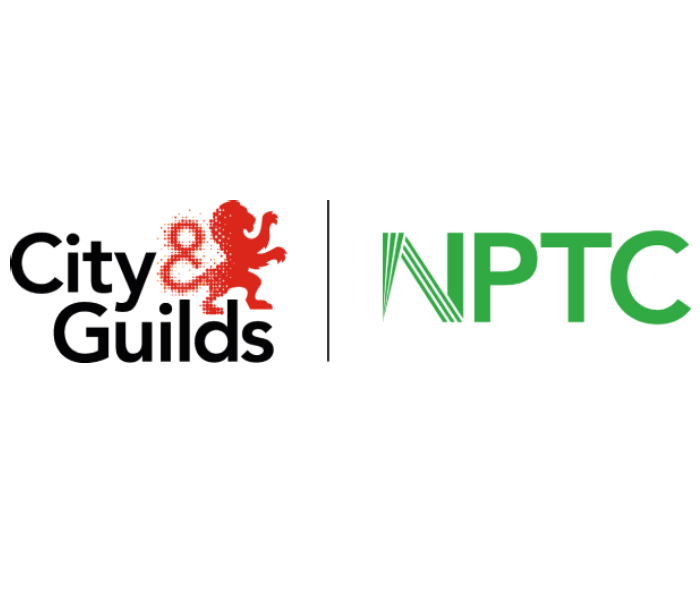Our Top Winter Gardening Tips
As the days become shorter, many passionate gardeners find themselves bored and looking for something to occupy their time. However, there is still a significant amount of work to be done in your garden, despite the fact that the flowers and fruits have all been picked. This is also one of the most important times of the year to prune bushes and trees. During the winter, you should focus on maintaining your garden, and the more attention to detail you pay to it now, the better the results will be for your garden during the summer.
Clean and orderly
Now is the time to remove and prune back any organic material that is in the garden before the frost begins to kill off dead plants and annuals that have reached the end of their growing season. This indicates that the leaves need to be raked, the fallen stems need to be cut, and anything that is dead needs to be pulled out. After you have finished doing this, it is only natural that you will be able to see where more soil needs to be added, as well as whether or not there is any damage to the walls or the edging of the lawn. Last but not least, it is finally time to take a pair of secateurs to the herbaceous perennials in order to encourage new growth and blooms.
Get the ground ready
While your winter garden is looking desolate and barren, now is the perfect time to work on improving the quality of the soil for the following year. Incorporate organic matter and perform thorough digging, making sure to keep an eye out for clumps of perennial weed roots as well as the white, spindly roots of bindweed. If you are successful in completing this task early on during the winter months, the worms will have the opportunity to incorporate the newly added nutrients into the soil. The cycles of freezing and thawing work together to decompose the soil, making it more friable and amenable to cultivation the following year. Of course, if it is something that you do not want to be doing yourself, it is something that we do as part of our landscape management services, so get in touch.
Organise your tools
Tool management is a great shed job for days when it's particularly cold or wet outside. After you have finished cleaning everything and checking for broken parts and missing screws, you can begin sharpening the edges. Even if you only use your secateurs and shears occasionally, they still need to be sharpened on a regular basis, at least once a year. If the blade is sharper, the cut will be cleaner, which will result in less damage to the plant and fewer opportunities for the disease to take hold. It is important to prioritise safety when cleaning or sharpening your blades, so it is best to keep your gloves on at all times. After you have eliminated any dried sap, you can sharpen the tool with an oil stone or a diamond tool. By using a lubricant or oil, you can help prevent rust from forming over the course of the winter due to moisture seeping into any notches.
If you need any more information on making sure your outdoor areas are ready for the winter,
get in touch
with us today. At GMCB Ltd we also offer a snow plough service and a winter gritting service.

